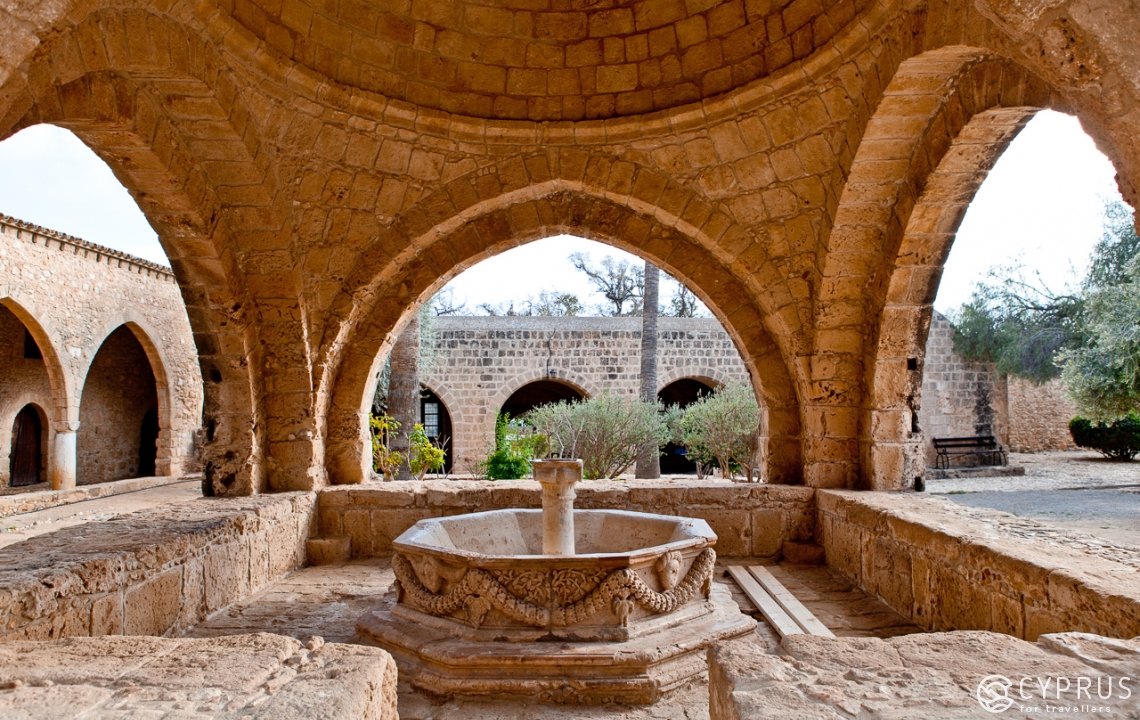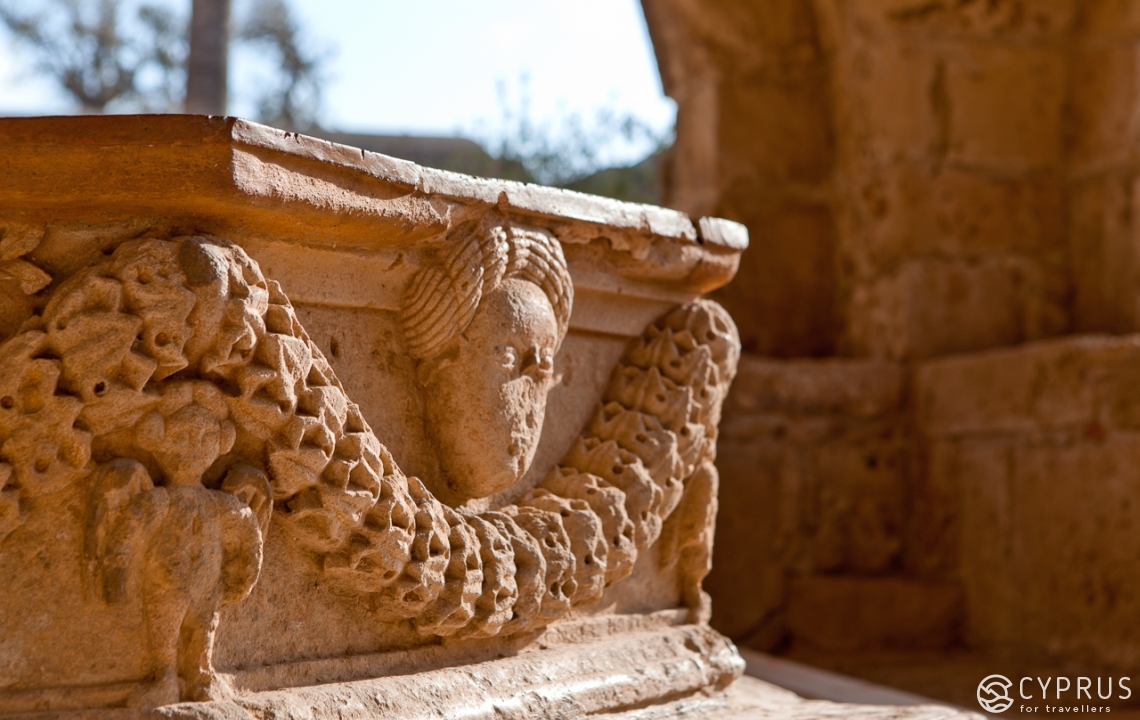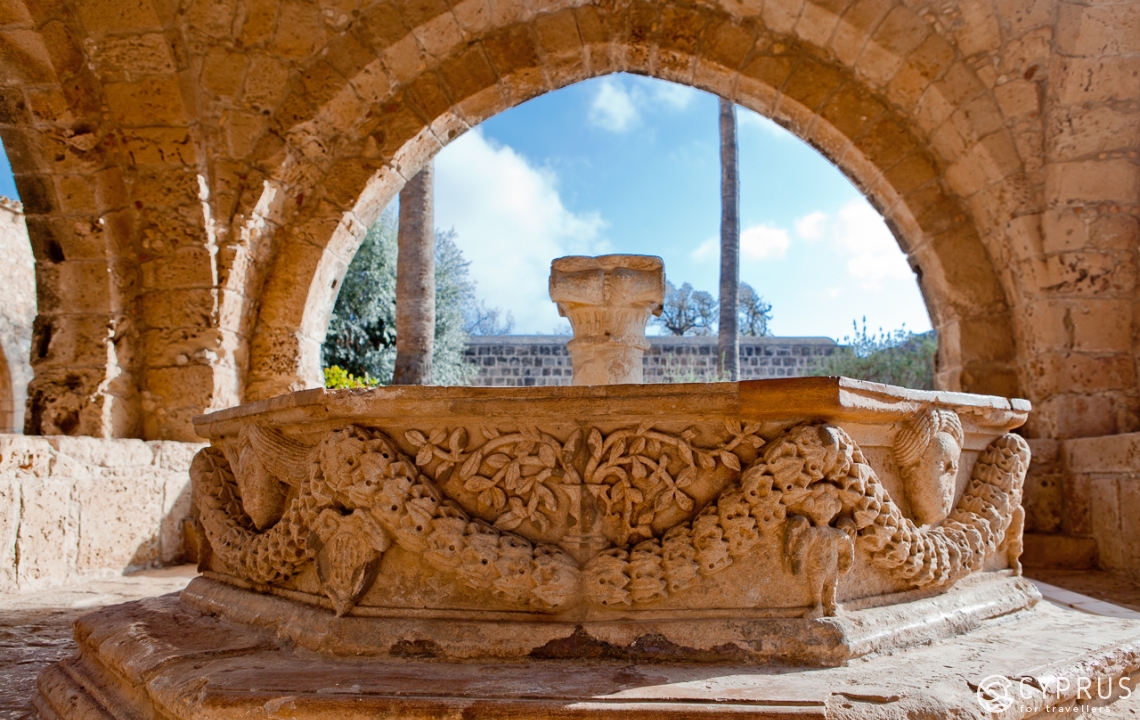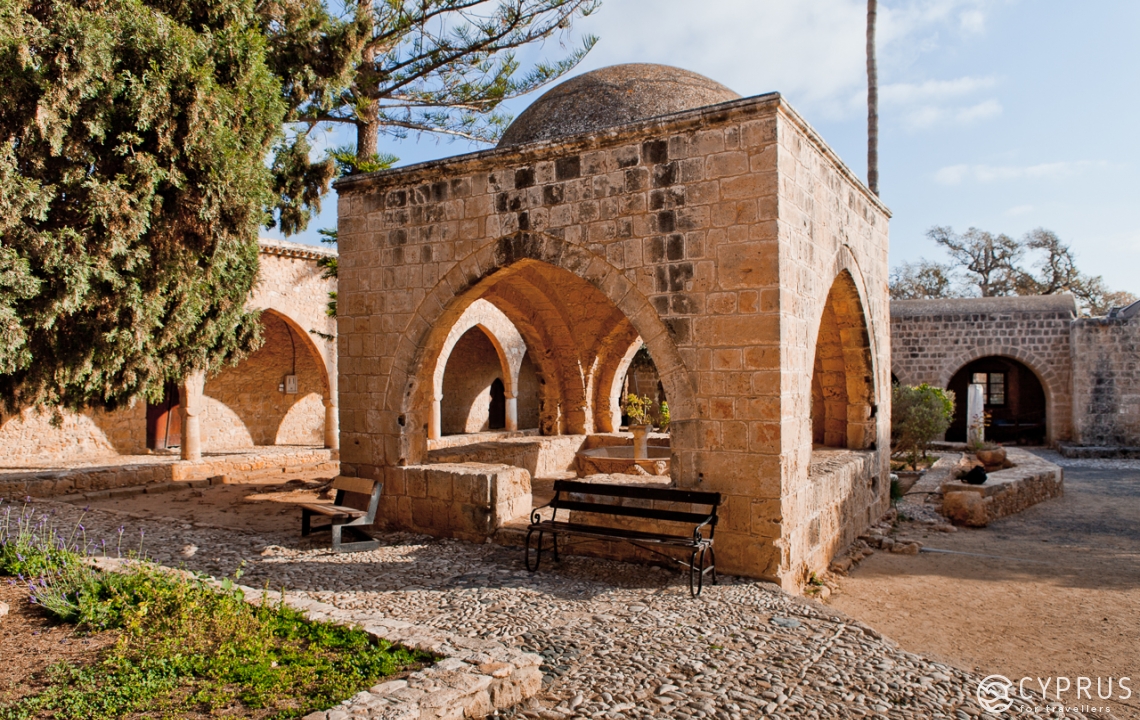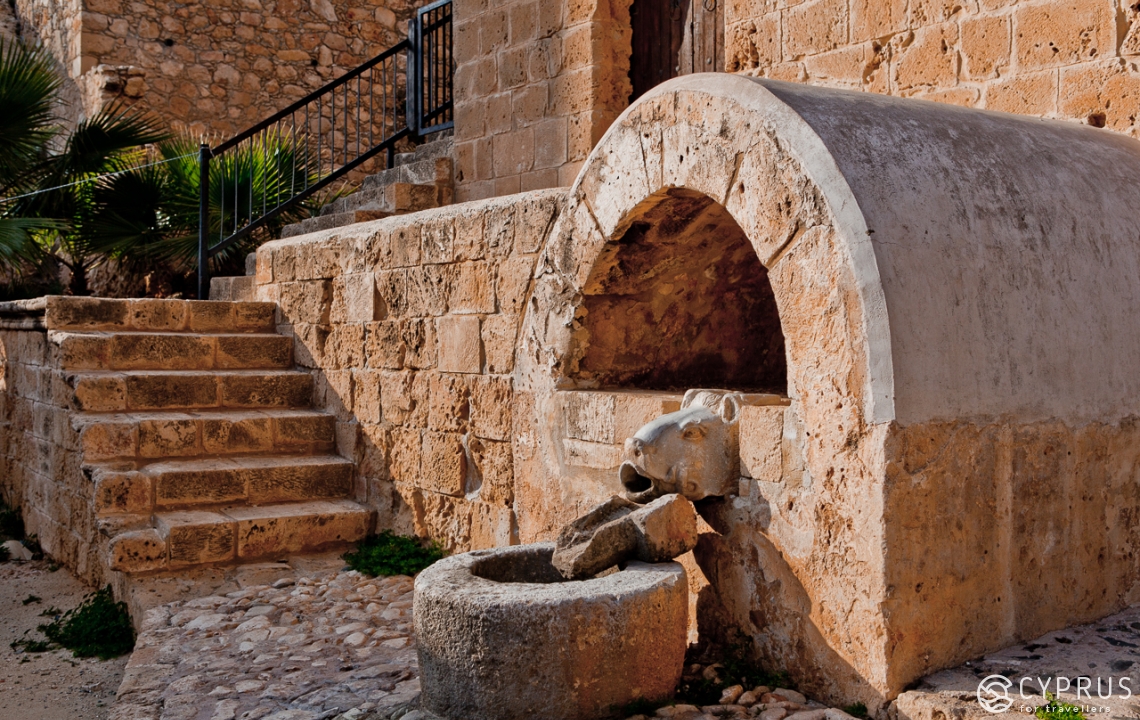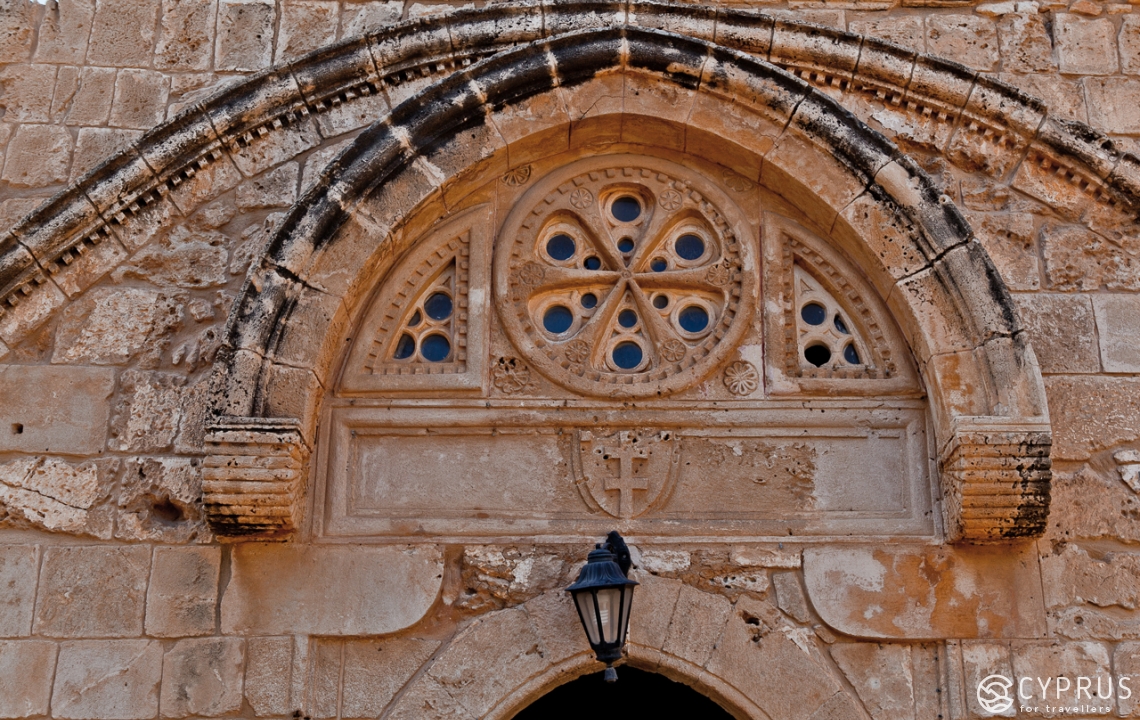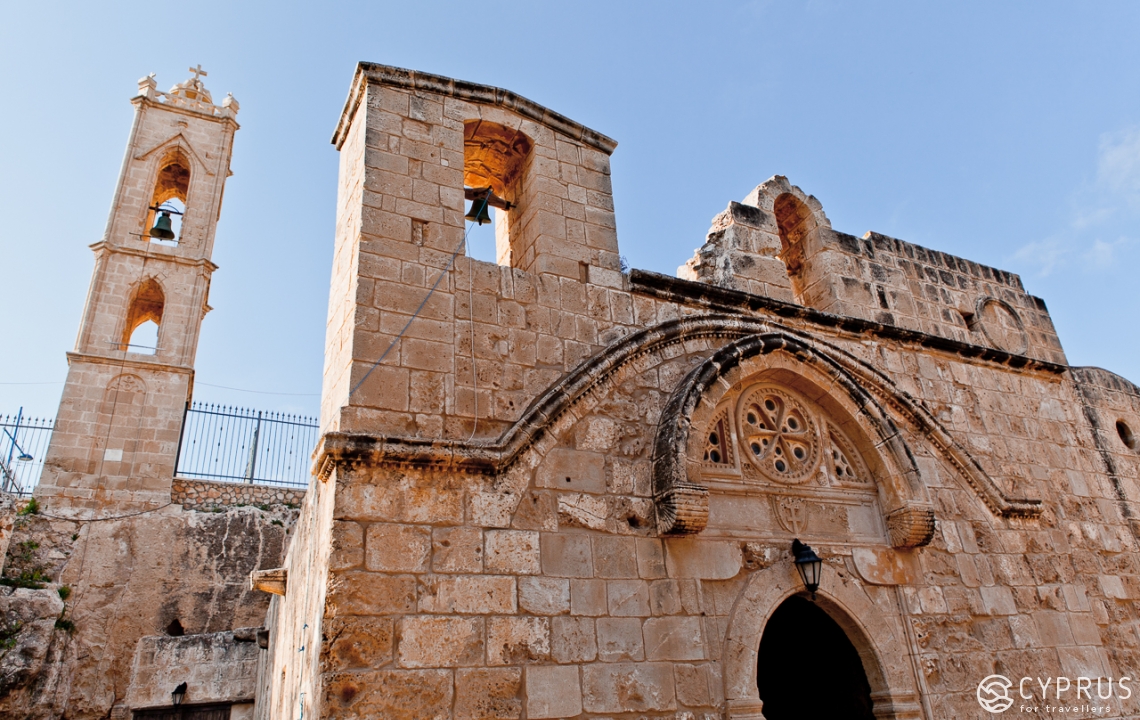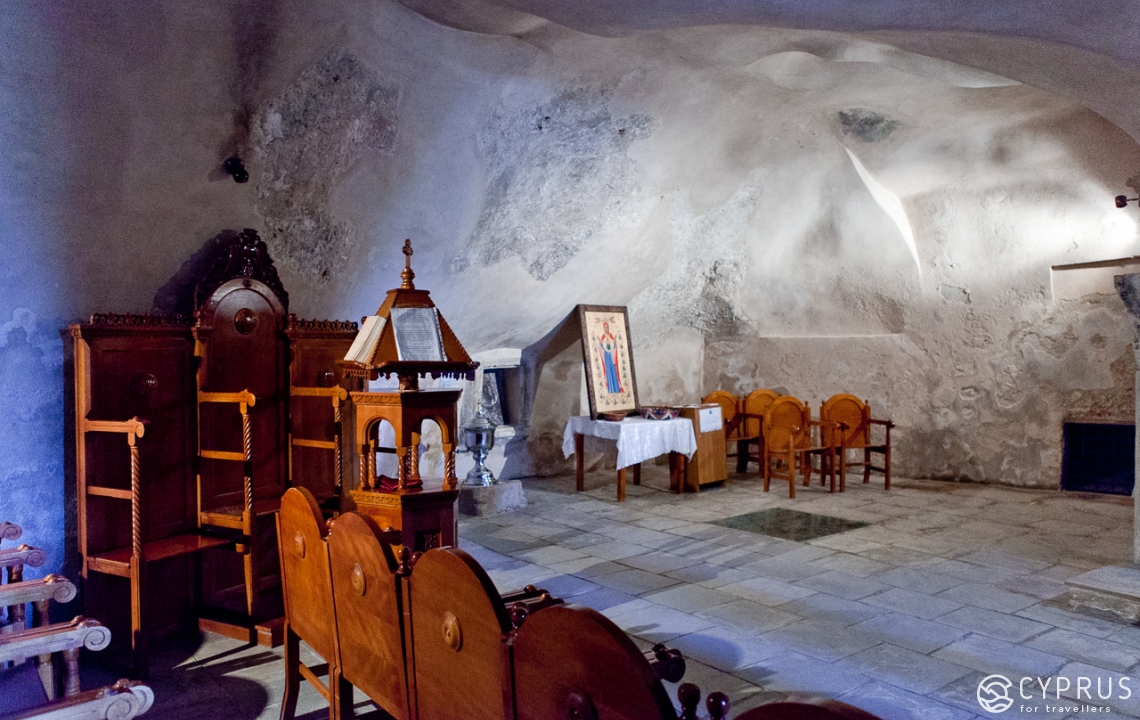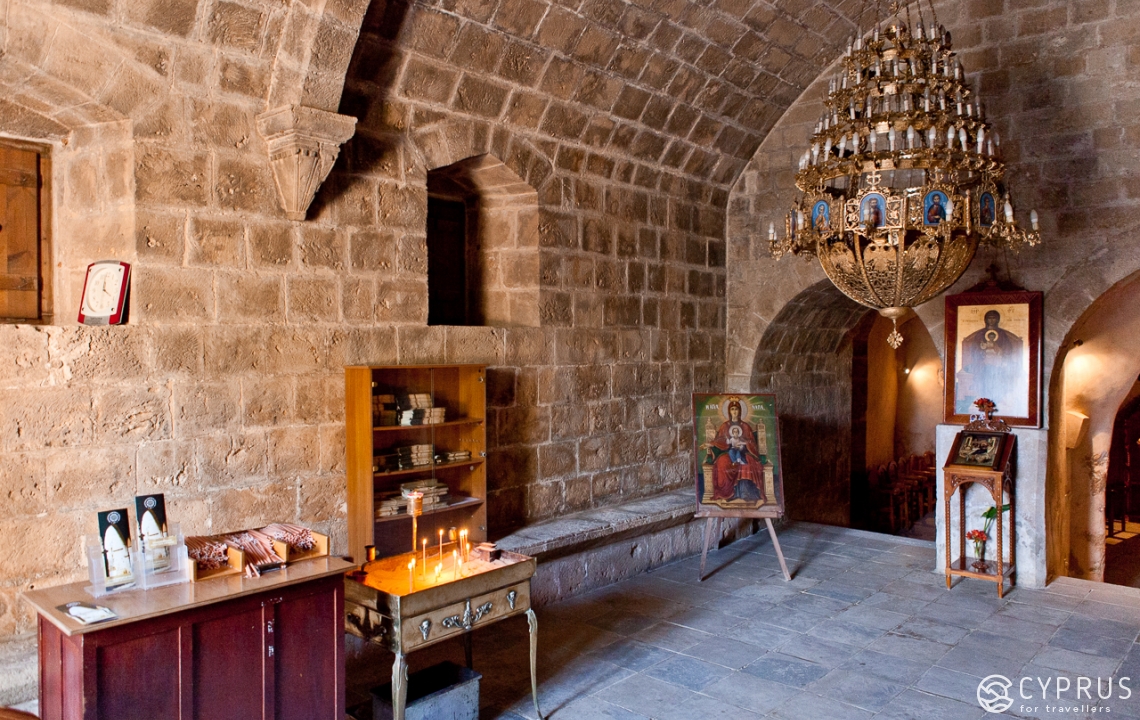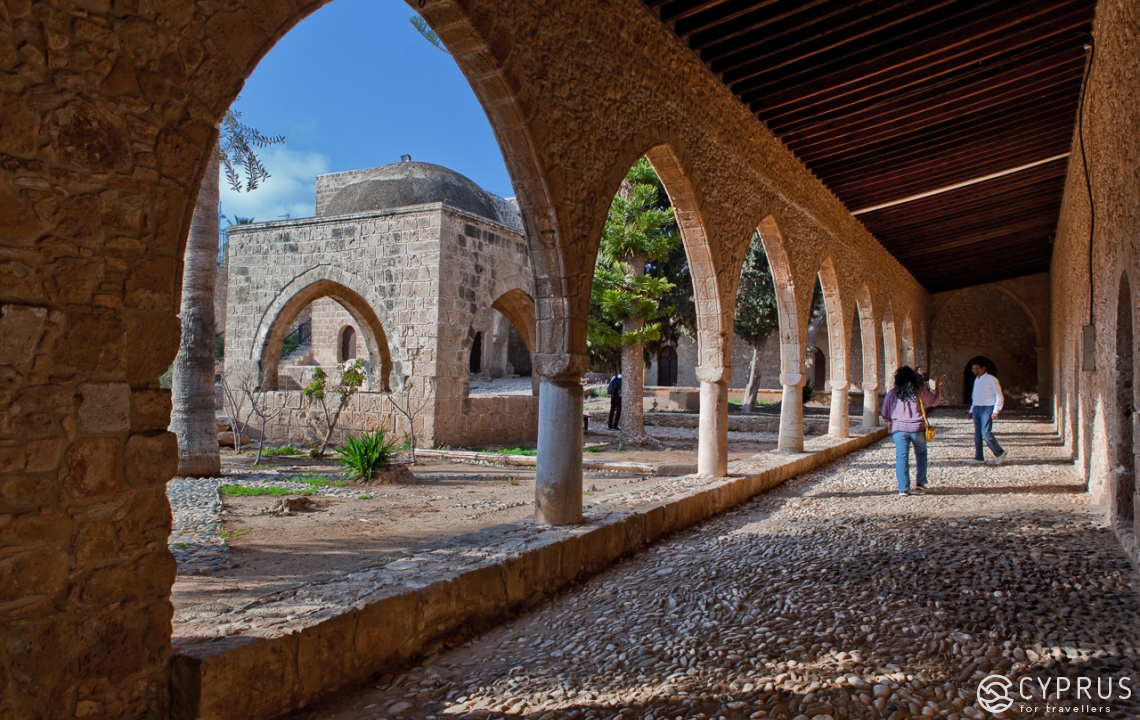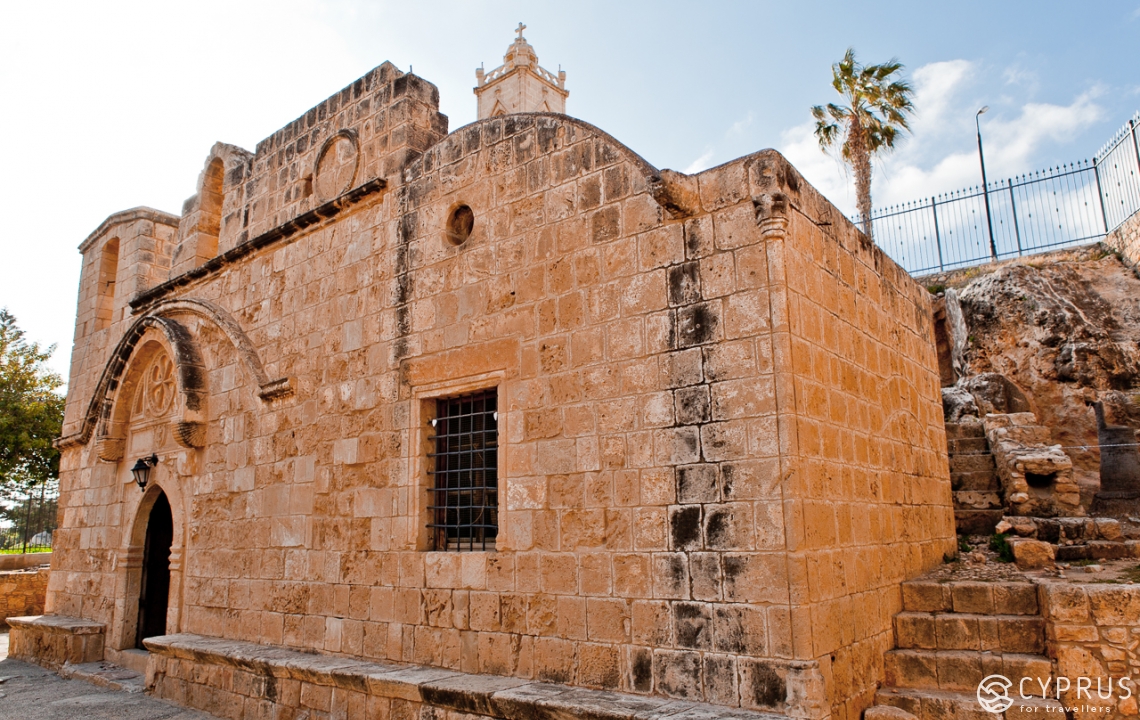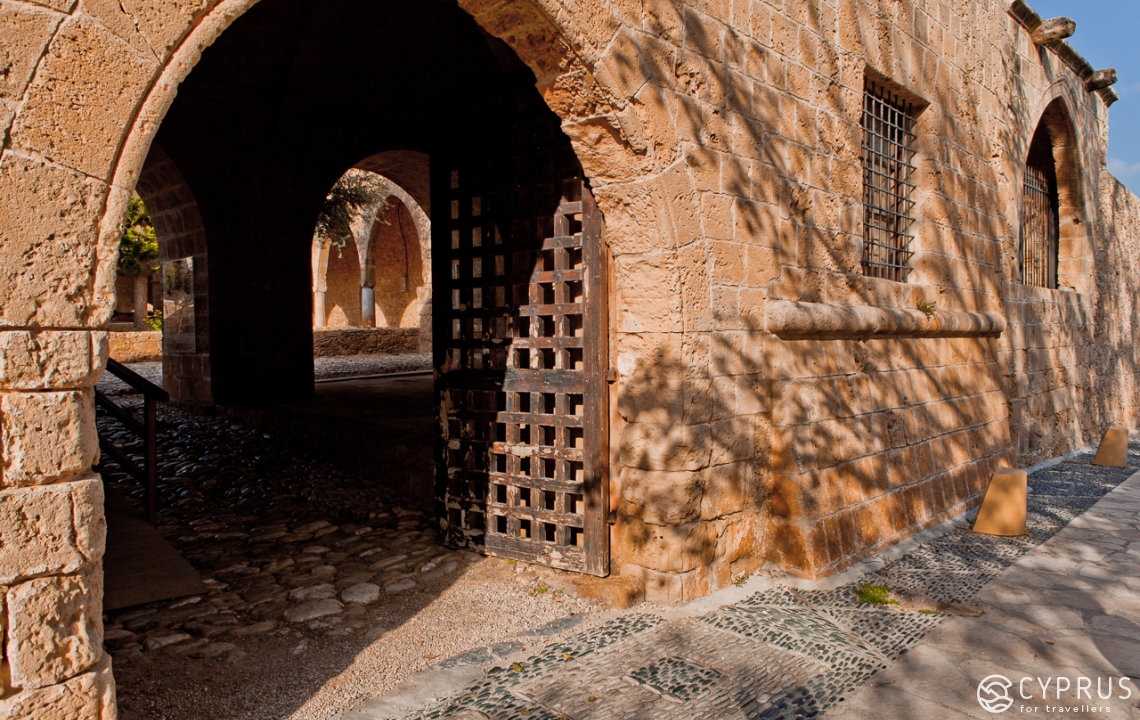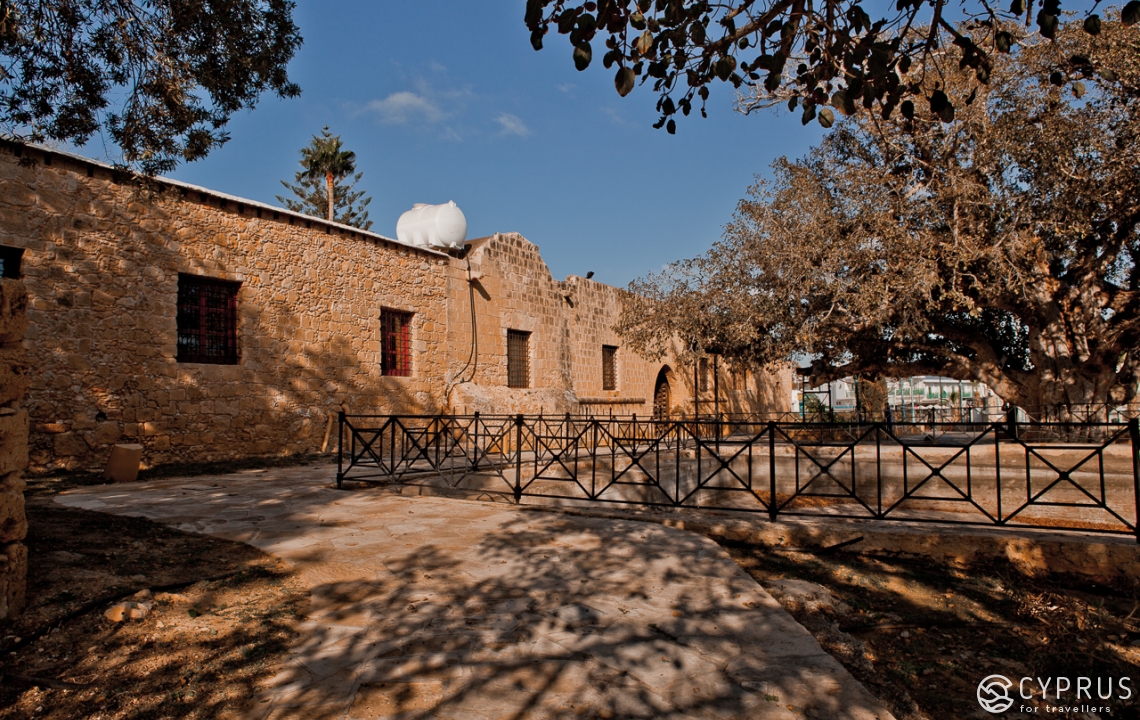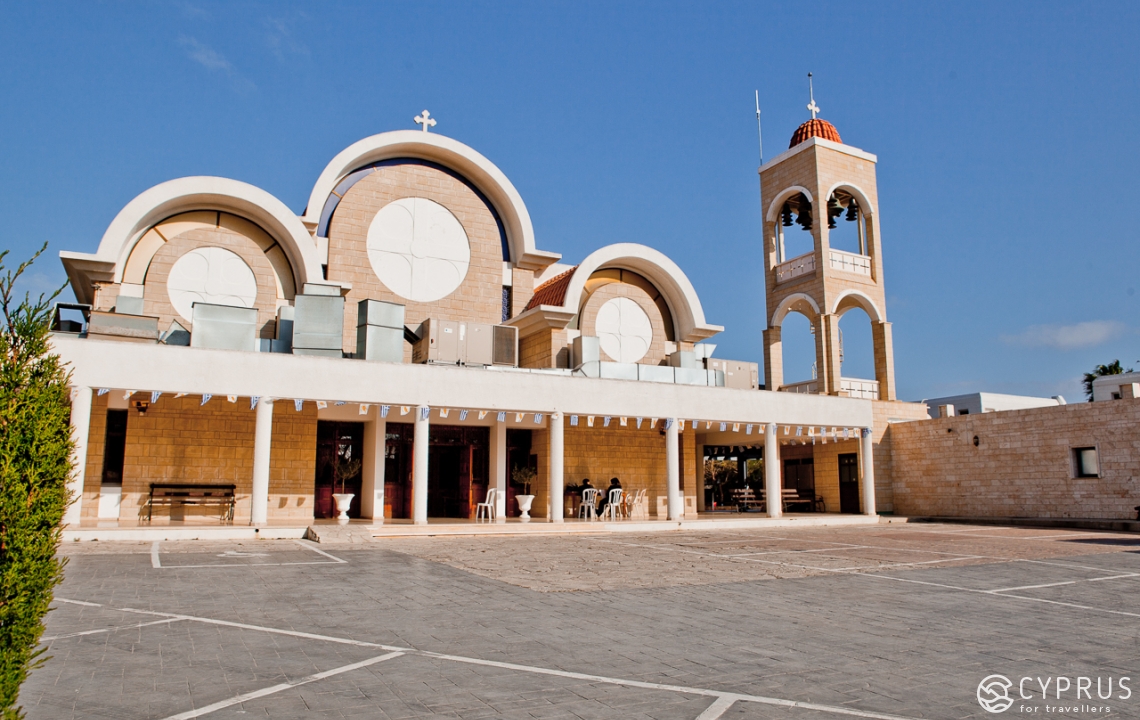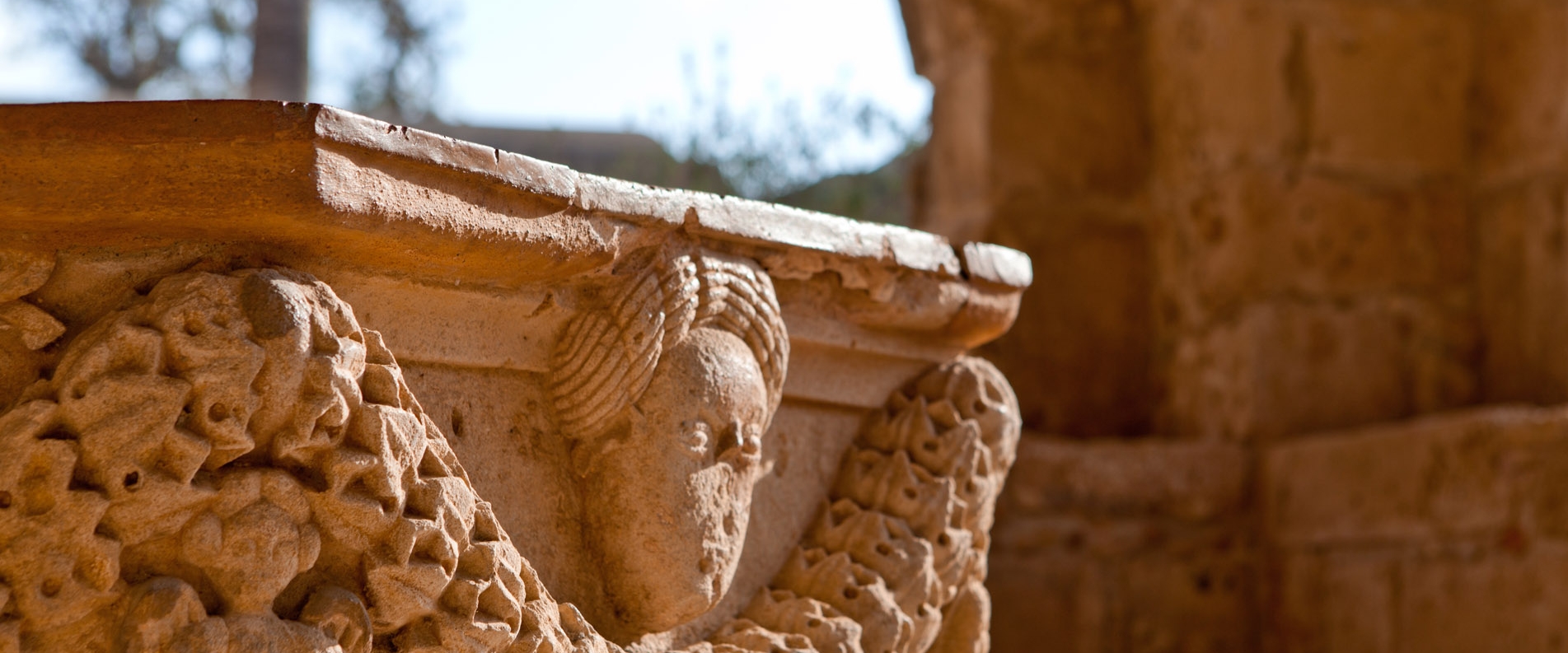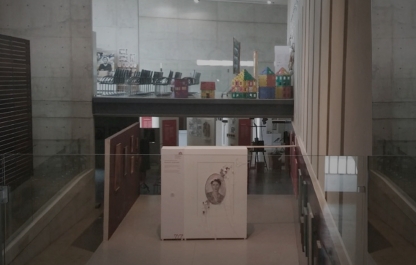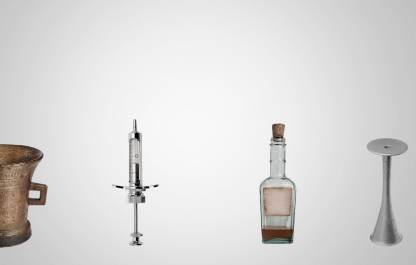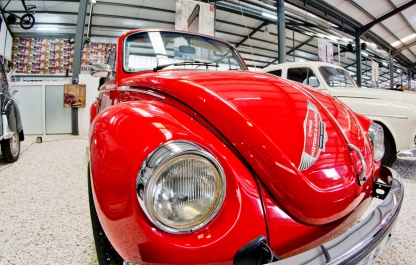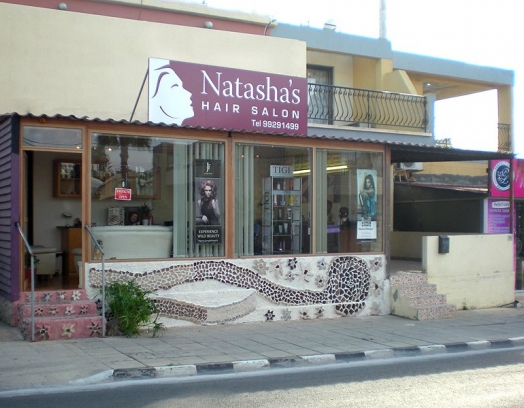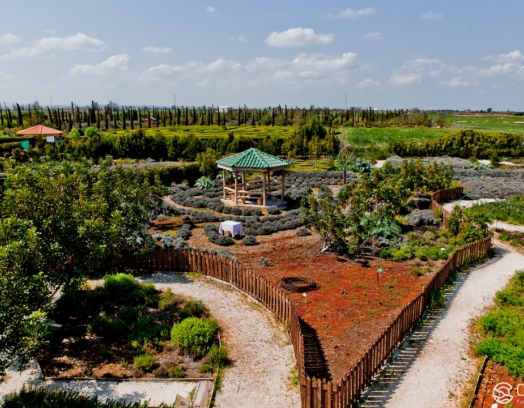The incredibly beautiful monastery of Ayia Napa, dedicated to Our Lady of the Forests, has a fascinating history. It is in the Famagusta region now in the very centre of the modern-day town whose origins lie in the Venetian buildings that went up nearby. It was restored in 1950 and 28 years later, the former monastery became an Ecumenical Conference Centre for churches in Cyprus and the Middle East.
Right now, it's a museum that houses a unique and meaningful exhibition. It is however currently still in the early development stage. The monastery grounds and Seferis Square are the venues for regular, large-scale religious and secular events: festivals, holidays, concerts, etc.
Nearby, to the south-west of the monastery you'll find the Church of the Virgin Mary. It was built in 1994. If you walk out onto the square opposite the southern gate, you’ll see the huge, ancient sycamore tree — an impressive sight to behold.
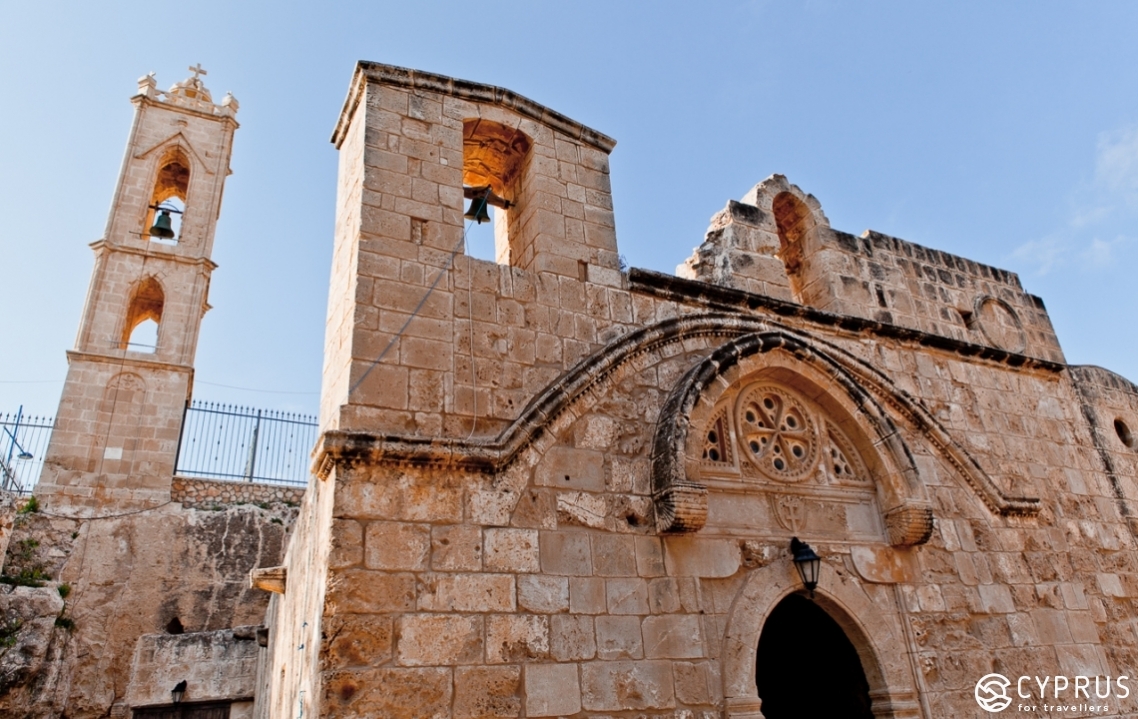
The monastery in Ayia Napa has been long closed but one church has remained active. It was once a place of great importance on a par with Kykkos monastery (founded in the late 11th century by the Byzantine Empire). It was visited by many pilgrims, was rich, and owned several farms and vast swathes of land. So, while Kykkos monastery was the jewel of western Cyprus, the monastery of Ayia Napa was its counterpart in eastern Cyprus.
It is always interesting to take a walk through this part of Ayia Napa, day or night. Climbing up to the gate of what is now the Museum, you can see the square with its large old trees including their aksakal — a famous huge plane tree: each of its branches is like a another whole tree and they are supported by special metal struts.
Giorgos Seferis (real name: Georgios Seferiades, a Greek poet, diplomat, and Nobel laureate, 1900-1971) wrote a poem about this sycamore called Aγιάναπα Β (commonly called the Sycamore). Every Greek and Cypriot knows it. Here's an excerpt:
Under the ageing sycamore
The wind rose up and left
Gone to the northern castles
And never touched us even...
It is no wonder that the area behind the gates where this mighty witness of past eras grows is called Seferis ...
It is particularly beautiful in the evening: the trees are illuminated and there are all kinds of regular cultural events here, especially in peak season in summer.
The layout of the monastery's courtyard is rectangular. It houses various buildings, a large covered gallery (part of the brethren's building), and an old octagonal fountain in the centre, which is decorated with exquisite carved garlands and flowering branches. There is a souvenir shop to the left of the entrance. It is also a church shop where you can buy religious wares and sacred items. Opposite the entrance there is an interesting stand with a map of the monastery and detailed information of the construction dates of the buildings on the grounds: Small old wall sections near the gate were marked as dating back to the Middle Byzantine period (up to 1191) ; the brethren's buildings were built during the Crusades (1191-1470s), the fortress walls, the gate tower, the church were built during the Venetian period (1489-1571); and the large central fountain, mill and wide arched gallery paved with pebblestone were built in the Ottoman era (1571-1878). The gallery was built to the right-hand side of the southern gate leading to the monastery from the square.
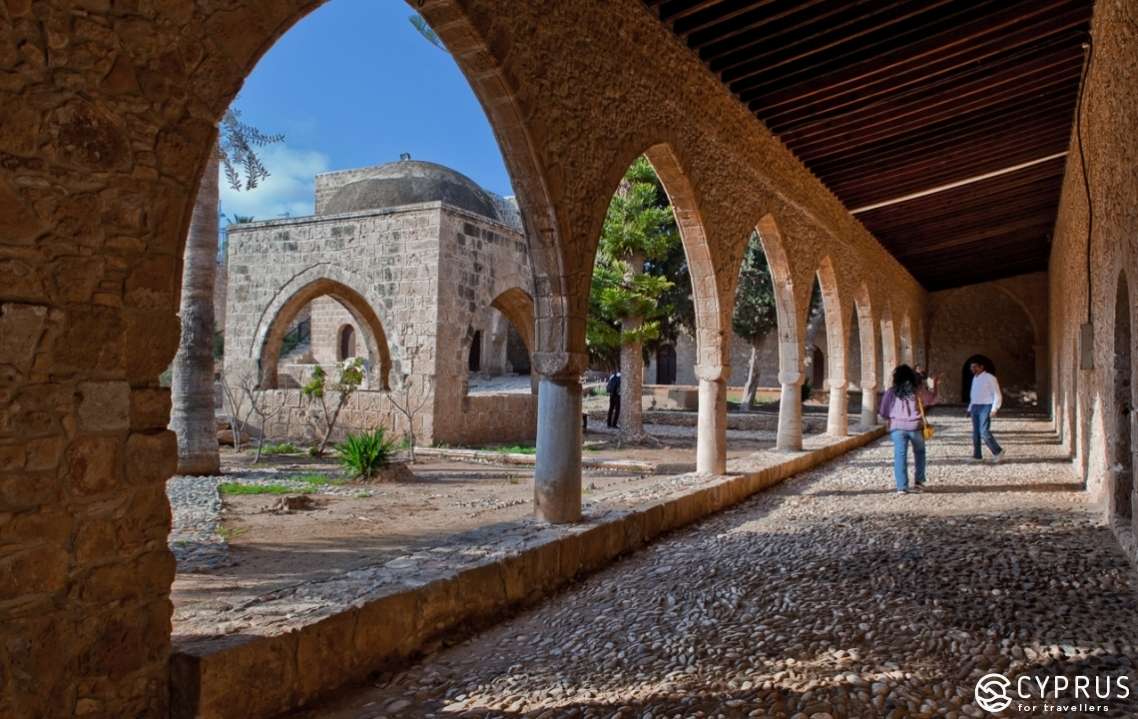
We learned from the information stand deep in the monastery's garden that the exact date of the monastery's founding is unknown, lost in the annals of time.
However, historians assert that it was built in an uninhabited wooded area and was dedicated to the Virgin Mary (Mother of God, Panagia in Greek).
There are two legends that explain why it was built here.
One of the local legends has it that a hunter once discovered the miraculous icon of the Most Holy Virgin Mary (the Most Holy Forest — Napa means forest) in the cave where the church was then built. The hunter's dog first noticed light radiating from within the cave and barked to alert its owner. He approached and saw the image of the Mother of God. These days, historians suggest that the icon could have been hidden during the iconoclasm of the 7th-8th centuries. An ascetic hermit is thought to have once lived in the cave where the icon of the Mother of God was found. Over the centuries, it came to be known as Holy (Aya) Napa during the Byzantine period 9th-10th centuries. Therefore, believers soon began to visit this sacred place to worship the image. They say that after the icon was discovered, it was never taken out of the cave, which went on to become the church in the cliffs.
There is another legend, however: it tells the story of a disobedient girl from an aristocratic Venetian family who ran away because her parents refused to allow her to marry her love, a common man. Nowadays, the northern part of the courtyard above the water source with its decorative covering in the shape of a wild boar's head is home to a two-story building where the Venetian girl once lived. The rich Venetians built a church here in about 1500. Later, a nunnery was built around it, which was followed by a Roman Catholic chapel. That's how the monastery gradually developed into what it is now.
The disobedient runaway became a nun and a gazebo with a square domed structure was built in the centre of the monastery's courtyard at the end of her life. It is commonly believed that it was built at her request. She wished to be buried there next to the fountain in the tranquility of the area.
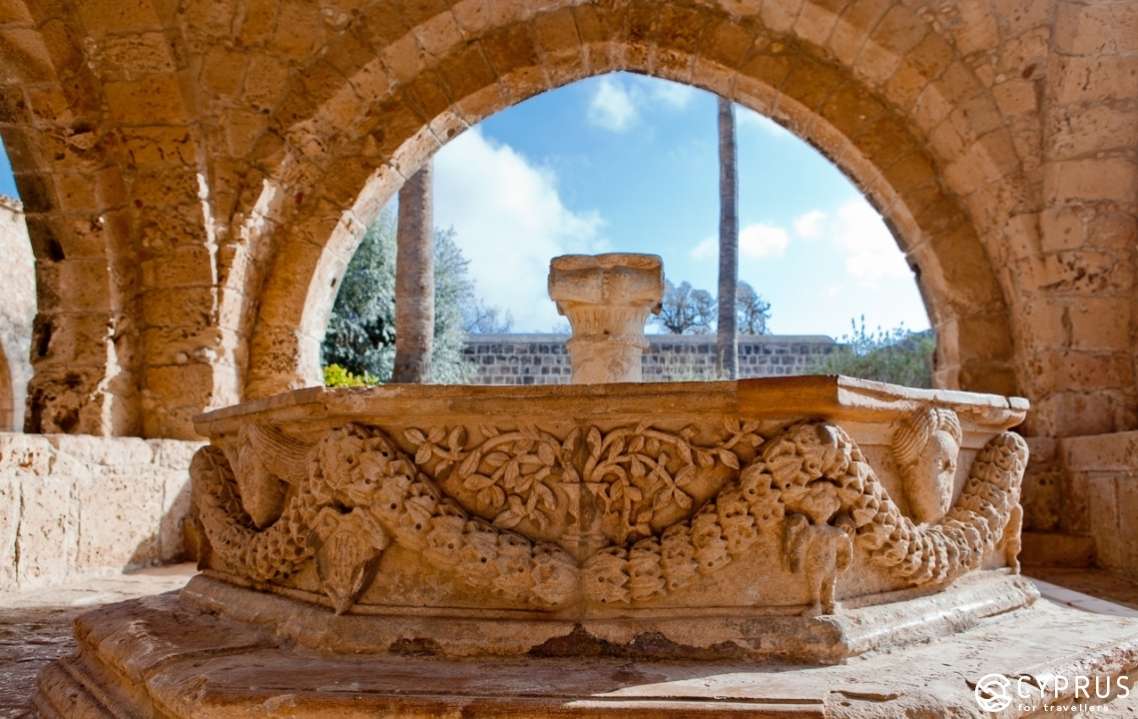
Remember the giant tree that still stands by the gate of the former monastery? It's said to be the region's oldest relic and that the very same broken-hearted girl planted it over 500 years ago ...
The monastery's church has three halls. The most ancient is the cave (there are references to made in the Byzantine period). A separate entrance leads to it. Incidentally, the fact that the Christian community has existed here since the Byzantine Empire has been confirmed by this cave part of the church and the water source, a well that was discovered near the cave known for its exceptionally pure water. It is even considered holy. Further inside, there's a hall that can be called Venetian. It is accessed via the church's main entrance. Finally, there is the hall of the Crusades named after the period it was built. It can be found by following the passage from the Venetian hall.
It is known for certain that Ayia Napa was named before 1336. The first historical reference to this area dates back to the second half of the 14th century.
It was made famous by the Cypriot historian, Leontios Machairas (c. 1380 to the early the 15th century) in his Chronicles (edition: Machairas Leontios. Recital concerning the Sweet Land of Cyprus entitled Chronicle. Edited by R. M. Dawkins. Oxford 1932. Les Editions l’Oiseau, Famagusta).
In the 14th century, the remaining half of the cave was incorporated into the construction of the church.
16th-century maps made by the Venetians also contain images of the monastery: Its main buildings were built in the late 15th-16th centuries when Cyprus was under Venitian rule. This was when the monastery gained the image that we can see today — really rather a long time ago.
Later (in the 17th-18th centuries) the monastery was described as being surrounded by mighty fortress walls in diaries, sketches and records made by various foreign travellers and diplomats. There are two in particular that we will return to later: Pietro Della Valle, Italian traveller and writer; and the Russian traveller, monk, historian, and writer Vasily Grigorovich-Barsky). For example, around 1750, Alexander Drummond, a Scot, the British ambassador to Syria and author of Travels through the different Countries of Germany, Italy, Greece, and parts of Asia Minor, as far as the Euphrates, with an Account of what is remarkable in their present State and their Monuments of Antiquity, visited the monastery, where he copied and added a record dated 1530 to his book. It mentions the vaulted, Venetian-style superstructure built above the southeastern entrance and an earlier two-story building to the north of the temple.
According to specialists, the marble fountain under the dome of the gazebo that was built in the centre of the courtyard can also be dated back to the 16th century.
Therefore, the monastery ensemble still standing now includes buildings that mostly span the 14th-18th centuries: the most ancient construction is the church in the lower cave in the ensemble of a two-nave church in the depths of the courtyard. In the past it served as a Roman Catholic chapel and fragments of the 15th-century frescoes from that time have been preserved.
In 1571, Cyprus was under Ottoman rule. Unlike other monasteries and churches, this one was not destroyed. Moreover, as it was originally built by the Venetians, it was supposed to be Catholic but the Turks that came to the island handed the monastery over to Cypriot Orthodox community. It is thought that the mill was built in the monastery under Turkish rule.
Pietro della Valle (1586-1652) travelled to the Holy Land, the Middle East, North Africa and India and made a description of the monastery in 1625, which matches the modern-day appearance of the former monastery. He also reported that the Ayia Napa Monastery owned large swathes of land.
In 1668 the monastery was solely for monks. At various times, the monastery was open to both monks and nuns. Incidentally, in Cyprus, nunneries have always had a higher population than the male monasteries.
In the early 18th century, the famous Russian traveller and monk Vasily Grigorovich-Barsky [1701-1747 visited Cyprus four times. N.V. Zykova researched his travels to the towns and shrines of Cyprus and recorded them in her book, Vasily Barsky: Pilgrimage to Orthodox Cyprus in the 18th Century, (Larnaca, 2002). The genuine 19th-century volumes of his «Wanderings ...» are currently in the collection of the Moscow Library No. 27 named after M. Voloshin — author's note].
He visited about 60 monasteries on the island at that time and produced sketches and detailed descriptions.
A number of sources have it that Vasily Barsky visited the monastery on its feast day on November 11, 1734. He noted how many people had gathered at the monastery to celebrate.
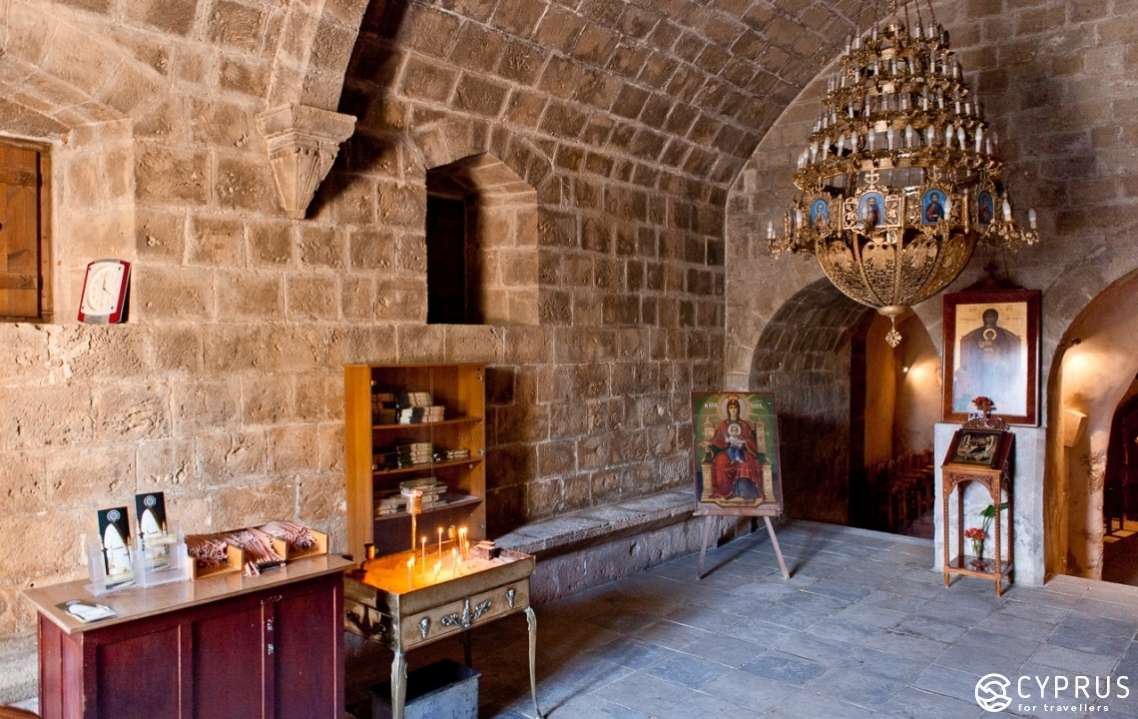
The first house that would go on to become the village near the monastery was built in around the mid-18th century. The very first inhabitants of the settlement were immigrants from Thessaloniki (Greece), who had left their homeland because of the plague that year. It goes without saying that Ayia Napa was named after the monastery.
The interesting thing is that after 1758, the monks no longer lived there. Later, in 1813, the monastery was repaired and fortified but they no longer belonged to the monastic community so the property was leased to local farmers and the buildings were used by the rural community.
The monastery church became a parish church in 1878 when Cyprus was under British rule.
In 1950, it underwent major repairworks in order to preserve its historic buildings.
It was then that the former Metropolitan Makarios III (1913-1977) was elected as Archbishop. He had been the head of the Cyprus Orthodox Church during its difficult years and as Archbishop launched a largescale effort to free Cyprus from its colonialists. On Sunday, January 13, 1952, a moleben (service of supplication) was performed in the church of Panagia Faneromeni in Nicosia. Makarios III wrote a special prayer for the celebration, which called upon the help of God to the Cypriot people in their desire to free themselves from their shackles and taste long-awaited freedom. After the service, the Archbishop gave a patriotic speech and read aloud the resolution of the Greek Cypriot National Assembly, which expressed the Orthodox Greeks' determination to continue the fight for their freedom. On December 13, 1959, Archbishop Makarios was elected president and on August 15, 1960, he took office after Cyprus had been proclaimed a Republic.
During his leadership, Makarios III suggested that the monastery was the most suitable place for the creation of the Ecumenical Conference Centre.
From 1978 to 2006, conferences involving representatives of Christian churches in the Middle East were held at the monastery. [Ecumenism, from the Greek οἰκουμένη means «the world, the Universe» and is the movement for the unification of various Christian denominations and creeds. These trends started out in the Christian East during the Middle Ages. The modern concept was coined in 1937 by the theologians of the Princeton Seminary. Since then, it is predominantly the preserve of the Protestant church — author's note].
In 2007, after the reconstruction of the monastery by the metropolitan of Constantine and Ammochostos, the monastery was then taken under their leadership. It was at the initiative of Metropolitan Vasilios (Karajiannis) that St. Epiphanius of Salamis Cultural Academy was established there.
These days, the Academy is mostly focussed on developing and carrying out theological and historical research. It also organises themed meetings and conferences.
Since 1970 this once-small fishing village has grown rapidly and become a developed tourist centre in eastern Cyprus. Therefore, the Cypriot Church believes it's no longer possible to reopen the monastery because of the noise, hectic lifestyle, and rapidly developing nightlife and entertainment in the area. For this reason, it will only serve as a parish church and part of the Museum.
Despite this, the monastery is still renowned for its festivals held in September every year: they are aimed at preserving Cyprus' old cultural traditions and spreading awareness of them to the locals and tourists alike.
The monastery underwent large-scale restoration work quite recently in 2009-2012. In fact, they are still partially ongoing alongside research and historical studies: Some of the former cells and buildings are still closed to the general public. However, if you look around you can see there are still undiscovered and unexplored artefacts behind some doors. For example, alongside the other exquisite beauty and craftsmanship, I was lucky enough to notice some ancient stone carvings, a craft that has been well-developed in this region since ancient times: fragments of columns, the carved tops of gutters, etc. These are all preserved as part of the Greece-Cyprus cooperation program: 2007-2013.
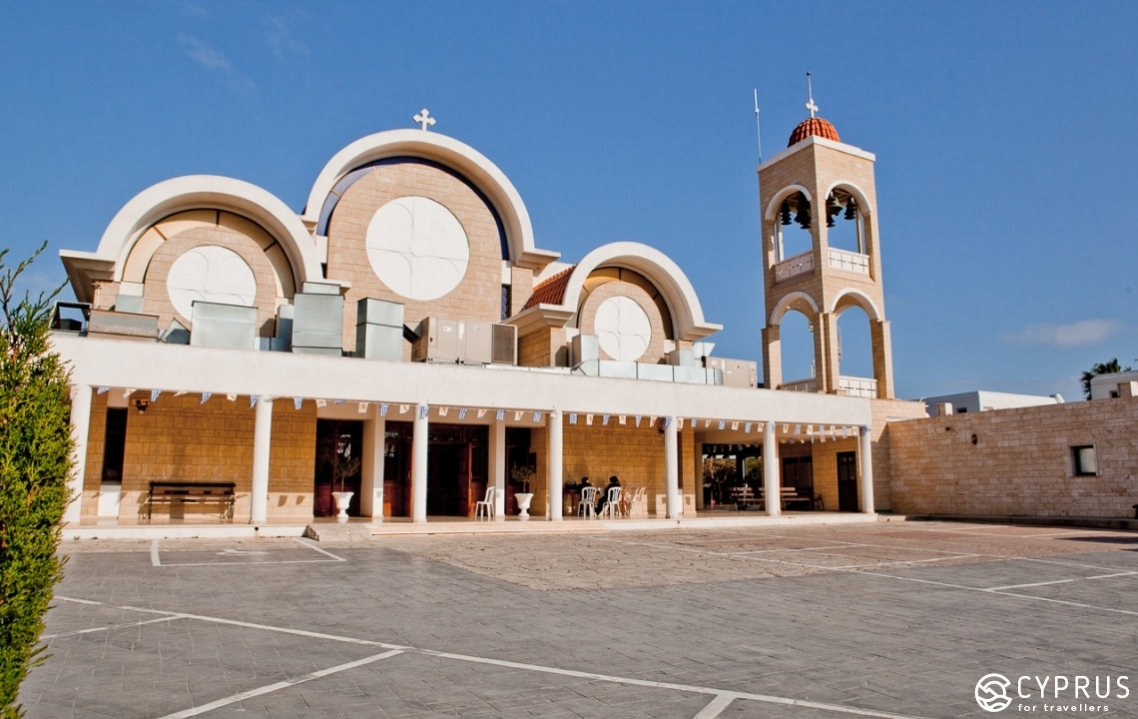
The Museum is home to an extensive range of artefacts that were found both right in the vicinity of the monastery as well as in other regions of Cyprus. It is, firstly, an archaeological collection with emphasis on traditional ceramics, architectural fragments and icons, mainly of Cypriot origin.
A fascinating fact: most of the historical exhibits come from Archbishop Makarios' private collection. The icons were moved from churches and monasteries that are currently in the part of Cyprus occupied by Turkey.
The increasing population of Ayia Napa brought about the need for a new church, which was built in 1994. The new church is on Seferis Square just 50 metres south-west of the monastery walls. It is also dedicated to the Holy Mother of God. Both churches celebrate the feast of the Nativity of the Blessed Virgin Mary on September 8. There are held daily Cypriot Orthodox services where there is the opportunity to go to confession and take communion.
The museum's address: Archbishop Makariou III street, Seferi Square, Ayia Napa
Opening Hours: Summer (May – November) 08:00 – 16:30, Winter (November – May) 08:00 – 15:00, at weekends all year round — until 16:00.
Admission is free, donations welcome.
Contact Details: +357 23722584
Also check out: www.ayianapa.org.cy
How to get there:
By car — take the Larnaca – Ayia Napa motorway (the A3). The journey takes about 44 minutes.
By bus — take the 101-102, for more information check out the following sites: www.intercity-buses.com or www.cyprusbybus.com.
Enjoy your travels! Till next time!
